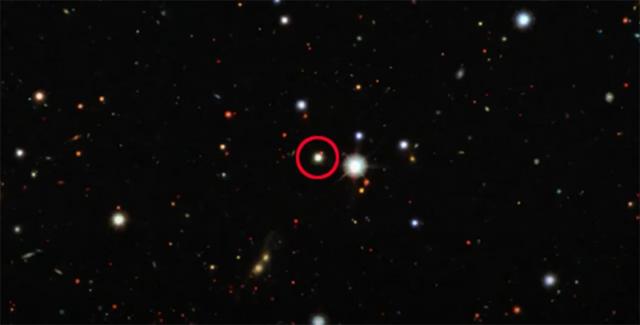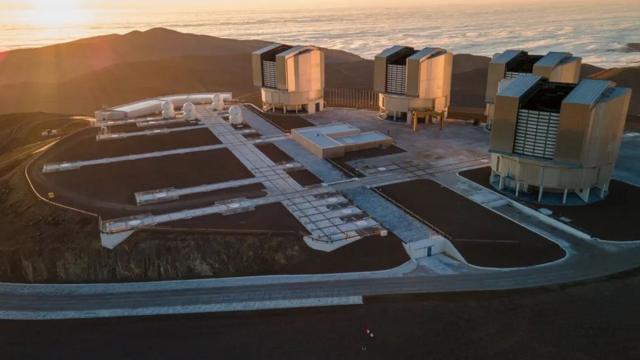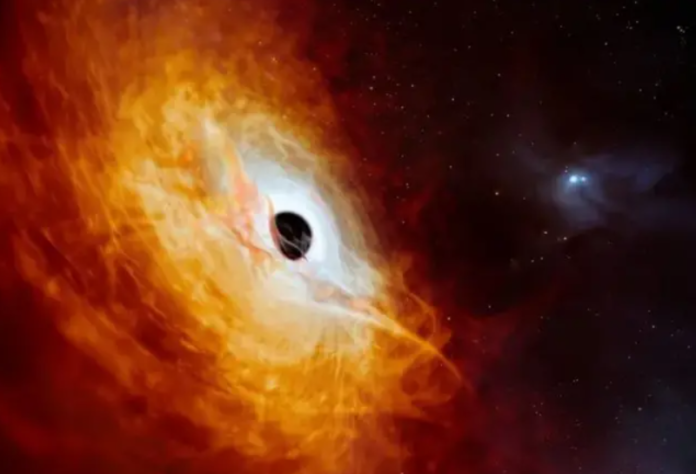In the distant universe, the most striking object was ever seen by astronomers.
It is a quasar - a bright galaxy core that exists due to a giant black hole, which is about 17 billion times higher than the mass of our sun.
The power of the cosmic body, known as J0529-4351, was confirmed by a very large telescope located in Chile.
In a report published in Nature Astronomy, scientists say that a black hole has a voracious appetite, consuming a mass equivalent to one sun.
J0529-4351 actually registered many years ago, but its true power was recognized only now.
"We have discovered an object whose value was not understood before, it looked into our eyes for many years, because its bright light existed long before humanity originated. But now we realized that it is not one of the many stars of our Milky Way, but a very distant object," said BBC News.

Photo author, ESO signature for photo, it is J0529-4351. The study of light from Quasar allowed astronomers to appreciate not only its brightness but also the distance
Quasar astronomers are called a certain type of active galactic nucleus. It is an extremely energy core of the galaxy that feeds on a huge black hole. It attracts matter at incredible speed.
When this matter accelerates around the hole, it breaks and emits a huge amount of light.
Thanks to this light, we can see such a distant object as J0529-4351.
The light from this quasar has traveled a stunning 12 billion years so that the telescope detectors could notice it.
In this object, everything is striking.
Scientists say that emitted energy makes a quasar more than 500 trillion times brighter than the sun.
All this light comes from the hot acrean disk, whose diameter is seven light years. This is about 15,000 times more than the distance from the sun to the orbit of Neptune.

Photo author, ESO signature to photo, a very large telescope is actually a group of telescopes in the Atacama Desert in Chile
It seems that all galaxies are based on a supermassive object, and such objects are obviously an integral part of the evolution of these galaxies.
"In simple language, this means that without these black holes, our galaxy we know would not have been what it is today," BBC News said a graduate student of Australian National University and a co -author of research, Samuel Lai.
"In fact, all the galaxies would be different without their supermassive black holes. Perhaps even that the galaxies are formed around these supermassive black holes," the scientist explained.
The mystery is how some of these black holes became so large at the dawn of the universe.
This forced scientists to consider the scenario behind which these objects grew directly from the gas, which existed immediately after the Big Bang and possibly before the first dawns were formed.


